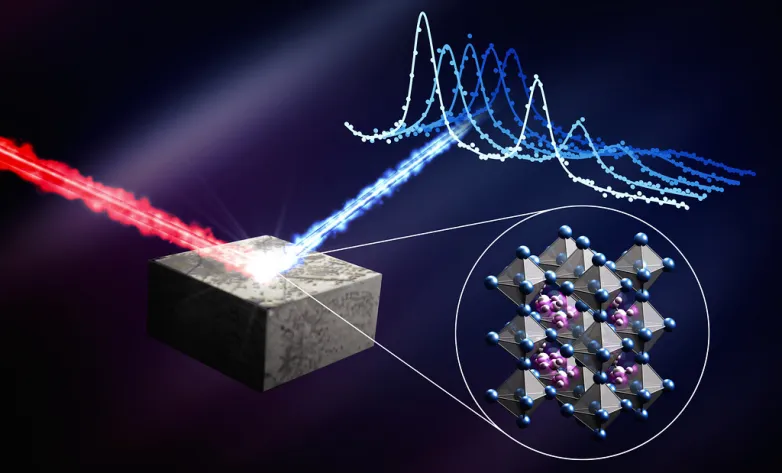New configuration gives perovskite cells 18% efficiency
Oct 4, 2019 12:14 PM ET
- Cesium lead black perovskites could be interesting for solar cell development if their crystals are observed in their less efficient but more stable beta phase. The efficiency shortfall can be solved by healing emerging cracks in the surface of the cell using a choline iodide solution, according to an international team of scientists.

An international team of scientists claim to have developed perovskite solar cells with an efficiency of 18.1% by using a new configuration of cesium lead iodide perovskite CsPbI3, which has the narrowest band gap – 1.73 eV – of all inorganic lead halide perovskites.
Researchers from China’s Shanghai Jiao Tong University, Switzerland’s Ecole Polytechnique Fédérale de Lausanne and the Okinawa Institute of Science and Technology Graduate University in Japan observed CsPbI3 cystals in their more stable beta phase. Previous research focused on the crystals in their alpha, or dark phase.
Although the alpha phase can ensure higher power conversion efficiency, the researchers said, it is unstable as the crystal structures rapidly degrade into a yellowish form increasingly unable to harvest light. The beta phase offers longer stability. The conversion efficiency shortfall, caused by cracks emerging on the surface of the cell, can be solved with a choline iodide solution which heals them.
Repairing cracks
The solution is said to help minimize the loss of electrons from CsPbI3 into adjacent layers and optimize the interface between layers in the cell. “This synergy between layers results in fewer electrons being lost and more electricity being generated,” said research paper co-author Luis K Ono.
Interfacial energy-level alignment was observed with ultraviolet photoemission spectroscopy, which enabled the researchers to verify a smaller loss of electrons to adjacent layers after treatment with choline iodide, due to better alignment. “By repairing the cracks that naturally emerge this treatment led to an increase in conversion efficiency from 15% to 18%,” they wrote.
The scientists said their results show encouraging signs for the further development of CsPbI3 for solar applications but admitted the perovskite technology is still lagging. “For CsPbI3 to truly compete with silicon, the team will next work on the trinity of factors allowing silicon’s reign to continue: stability, cost and efficiency,” the researchers said.
Previous research into CsPbI3 has demonstrated good efficiency can be reached using colloidal quantum dots and optical absorption can be improved through the use of sodium.
Also read


